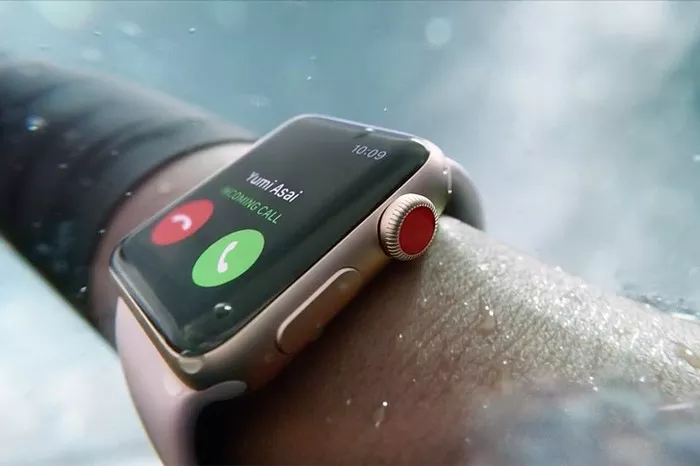Comparing Whoop to Apple Watch: Navigating Health and Fitness Tech
In the ever-evolving landscape of health and fitness technology, two prominent players stand out: Whoop and the Apple Watch. While both devices aim to enhance users’ well-being, they approach this goal from different angles, catering to diverse needs and preferences. In this comprehensive guide, we explore the disparities in health and fitness focus, data collection methods, form factors, and integration that distinguish Whoop from the Apple Watch.
Health and Fitness Focus: Tailoring to Individual Needs
Apple Watch: Renowned for its comprehensive health and fitness features, the Apple Watch serves as a versatile companion for users seeking to track their workouts, monitor their heart rate, and even conduct ECG measurements. With a wide range of built-in sensors and advanced algorithms, the Apple Watch is designed to empower users to take control of their health and well-being.
Whoop: In contrast, Whoop prioritizes recovery, readiness, and overall health monitoring, particularly for serious athletes and individuals focused on optimizing their well-being. With a keen emphasis on data-driven insights and actionable recommendations, Whoop aims to help users achieve peak performance and maintain balance in their lives.
Data Collection: Accuracy and Precision
Whoop: One of Whoop’s key strengths lies in its ability to measure heart rate 24/7 at a high sampling rate of 100 times per second. This enables the device to provide accurate cardio strain calculations and reliable sleep data, offering users valuable insights into their physiological responses and recovery status.
Apple Watch: While the Apple Watch also collects heart rate data, it does so periodically throughout the day, rather than continuously. While still providing valuable information, this intermittent data collection may not offer the same level of granularity and precision as Whoop’s continuous monitoring.
Form Factors: Balancing Style and Functionality
Whoop: With its basic black rectangle design and lack of display, Whoop prioritizes functionality over aesthetics. While this minimalist approach may not appeal to everyone, it allows Whoop to be worn seamlessly on various body areas, accommodating users’ preferences and needs.
Apple Watch: In contrast, the Apple Watch boasts a sleek and stylish design, featuring a large, brilliant touchscreen display, digital crown, side button, and array of sensors. Available in various colors, materials, and sizes, the Apple Watch is designed to be worn as a traditional watch on the wrist, blending fashion with function.
Integration: Bridging the Gap
Apple Watch: Thanks to its vast app ecosystem and smartwatch functions, the Apple Watch seamlessly integrates into users’ lives, offering a wide range of apps and services to enhance their health and fitness journey. From workout tracking to meditation apps, the Apple Watch provides users with the tools they need to achieve their wellness goals.
Whoop: While traditionally operating independently, recent updates have enabled Whoop to integrate with Apple Health, allowing users to wear an Apple Watch for advanced apps while still collecting sleep, strain, and recovery data with Whoop. This integration bridges the gap between smartwatch functionality and health optimization, offering users the best of both worlds.
In Summary: Navigating the Divide
In conclusion, the Apple Watch and Whoop represent two distinct approaches to health and fitness technology. While the Apple Watch excels in smart features and workout tracking, Whoop focuses on health optimization and recovery, particularly for serious athletes and individuals seeking peak performance.
Ultimately, the choice between Whoop and the Apple Watch comes down to individual preferences and priorities. Whether prioritizing style and versatility with the Apple Watch or focusing on data-driven insights and recovery optimization with Whoop, users can find a device that aligns with their unique needs and goals in the ever-evolving landscape of health and fitness technology.

